In our society, the way people dress is constantly changing. However, rules that apply to what one wears are not always changing at the same rate. Whether it be at work, a restaurant, or church, there’s usually an expected way to dress, and an expected way not to dress. There is often some overlap between the dress codes themselves, but the key differences are shown in how they are enforced, particularly in a school setting.
What’s the Standard?
When going out into public, there’s a few things that you pretty much have to have, regardless of the situation. Shirt, pants, and shoes all fall under that category. At the BARE MINIMUM, put on some pants. A shirt is preferable too (nobody wants to see your pecks, Jake). If you’re feeling crazy, you can even put on some shoes! All jokes aside, those three are pretty standard for going out into public. Without that, you’re likely to pick up an indecent exposure charge rather than the girl on the corner.
The specifics of what types of clothing you wear, however, change depending on the situation. You can expect to see some variant of business professional/casual attire in a typical office work environment. Business professional attire is your stereotypical businessperson’s clothes—suit and tie, dress pants, nice shoes, neat hairstyle, etc. Business professional is typically used for presentations, job interviews, and more traditional work environments. Business casual dress is, as the name suggests, more casual. It typically consists of khaki pants and a button-down shirt for guys and a knit shirt/polo with cotton pants or a skirt for girls. Business casual is used typically in more relaxed, less traditional work environments. Teachers like Mr. Barker typically wear business casual to school. The image below breaks down the differences. Federal U.S. law does not regulate dress codes in the work environment, but enforcement of said dress codes may vary from workplace to workplace.
At church, it’s common to dress up a little, but nothing super fancy. For guys, some khakis and a button-down shirt will do just fine. For girls, a blouse and some nice pants or a dress are fairly standard. If you were to not dress up, you might get a few dirty looks, but it’s not likely that you’ll get thrown out for it. In the words of senior Madelyn Kenney, “It’s not like the church smites you and sends you to hell in an open crack for wearing a tank top dress.”
How Does School Compare?
Unlike at church, you’re likely to get more than just a dirty look for violating dress code at school. As many female high school students are familiar with, it can be a gamble showing up to school wearing anything other than a long sleeve shirt and plain jeans. Male high school students hardly ever have to deal with that issue, oftentimes even when they are blatantly going against dress code. So why is there such a discrepancy between school dress codes and other environments?
Looking at the differences, the main thing that differs between the environments is the purpose of the dress code. At church, it is typically to show respect for yourself and your faith. In the workplace, it’s used to give an air of professionalism and respect. At school, it’s not as simple.
For public schools, a dress code in its most basic form is designed to keep the learning environment serious and productive. It’s hard to focus on your schoolwork when people are dressed up like they’re going to the beach. According to Kosher Casual, “Dress codes have proven to increase student achievement by encouraging students to concentrate more on their studies and less on their wardrobe.”
The irony of that is that implementing a strict dress code has the opposite effect. Students (typically girls) have to be more self-conscious about what they wear with such strict rules because they live in constant fear of getting dress-coded. The statement from Kosher Casual only applies when the rules are enforced fairly.
What Happens When You Are Dress-Coded?
When someone is dress-coded at school, they are typically given a few options. The most obvious is to simply ask them to change clothes. The issue is that people don’t typically carry around another set of clothes with them. In cases such as those, students can have a parent bring them clothes or they can change into gym clothes. The issue with gym clothes is that they aren’t the most fashionable, and they carry with them a burden of embarrassment. Those neon orange shorts are essentially just a walking sign stating, “Hey, look at me I got dress coded!” If a student wants to spare themselves that burden, they can opt to go home, which forces them to miss out on valuable class time and counts as an absence for the day.
What makes matters worse is that each experience varies depending on who dress codes you. Some of the more lenient teachers may ask you to cover up with a sweatshirt and let you off with a warning, whereas others may yell at you in the hall to go put on your gym shorts and go to the office. Sometimes violating dress codes can come with disciplinary consequences as well.
For some, the worry over dress code enforcement revolves around the embarrassment of being dress-coded in front of your peers. “What do they think of me?” is a common question thought by virtually all high schoolers every single day. When dress requirements are so strict, it puts way more emphasis on what one wears than if there were no rules at all. On top of that, it creates a learning environment in which it feels like the teachers are out to get the students, which is completely self-destructive.
How Do We Fix It?
From an administrative standpoint, there are a number of things that could be done to make dress code enforcement better. A standard procedure could be implemented for teachers to follow when someone is out of dress code that minimizes the embarrassment. The dress code could also just be less strict in general. As students, our options in changing the school’s enforcement are limited.
The Weekly Talon will be doing a presentation in August for the school board that will bring some of those issues to light. If you have any information to share that could be beneficial or would like to help with the presentation, get in touch with Mr. Barker or Mr. Poller.

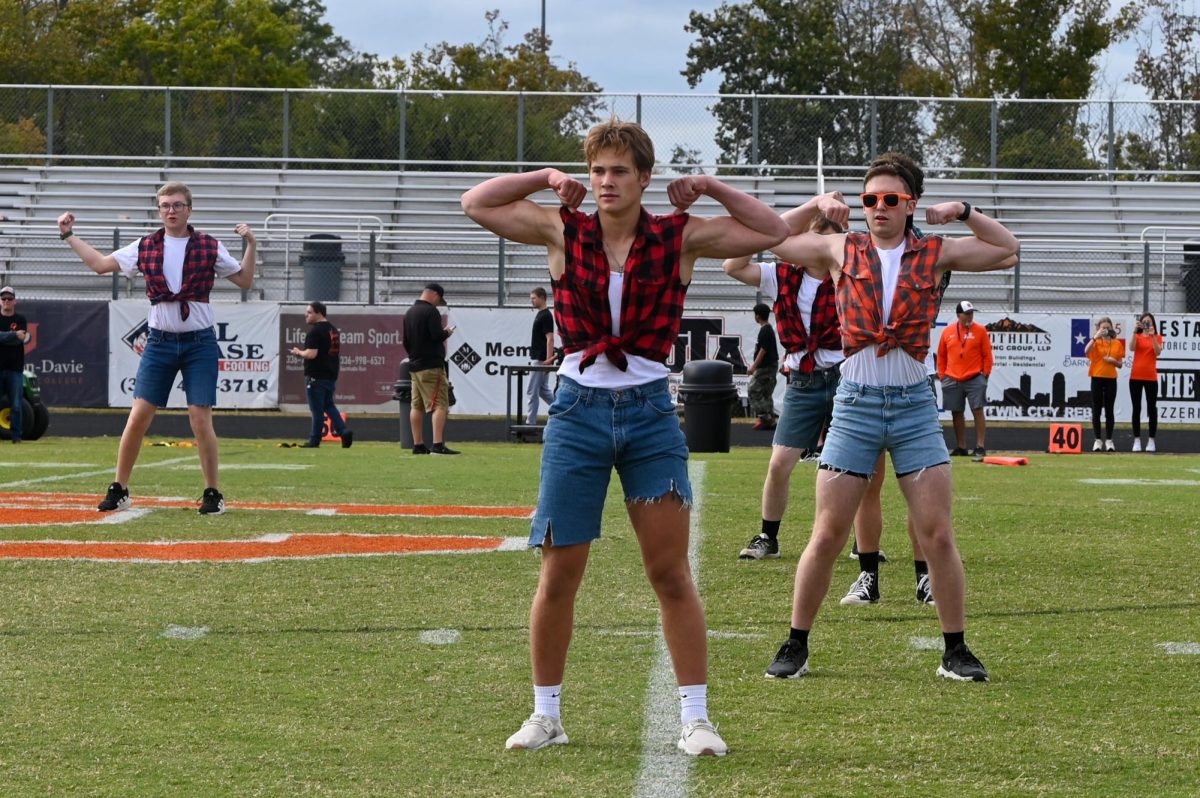




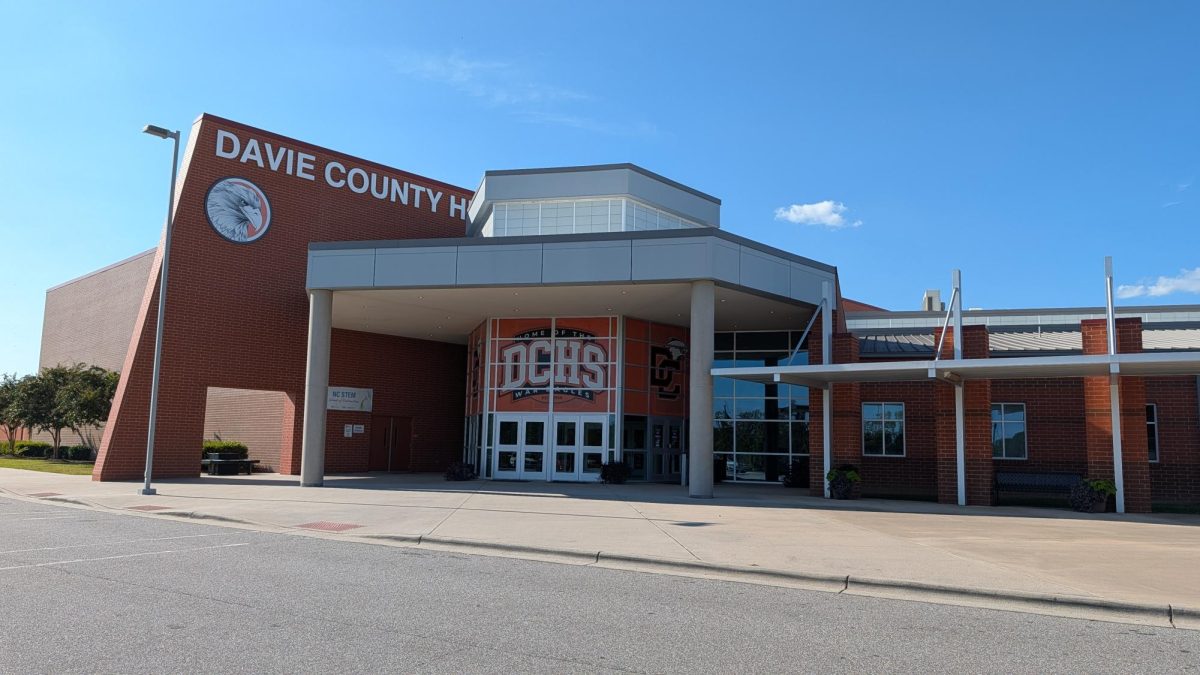




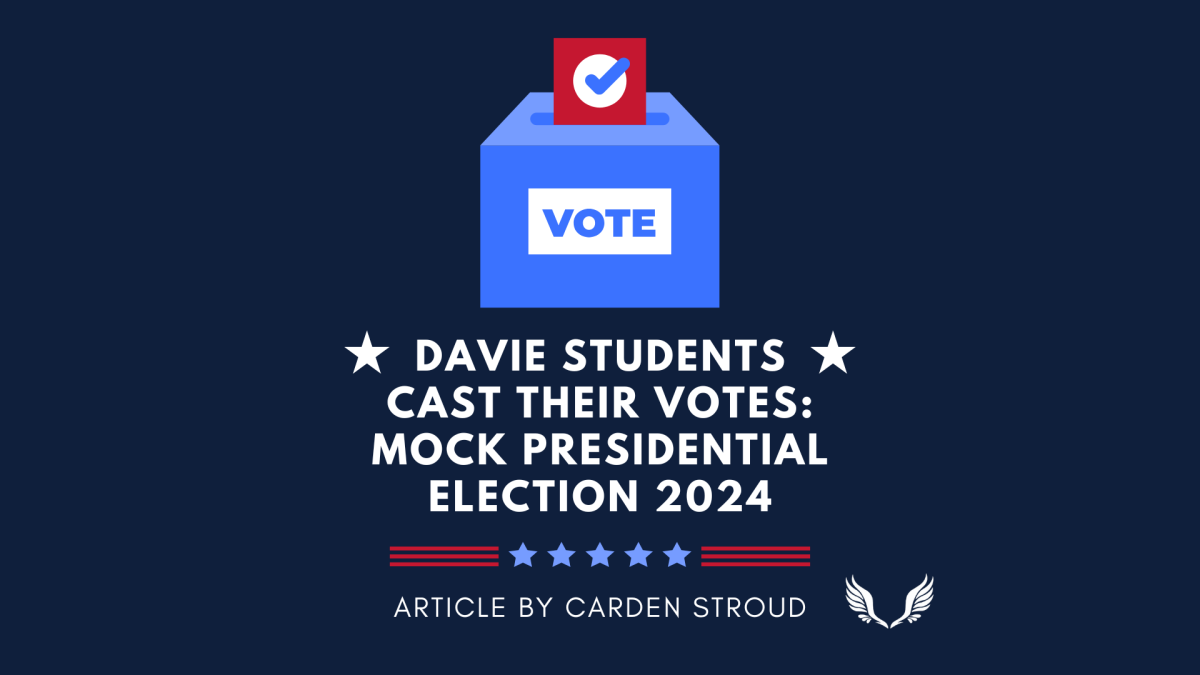
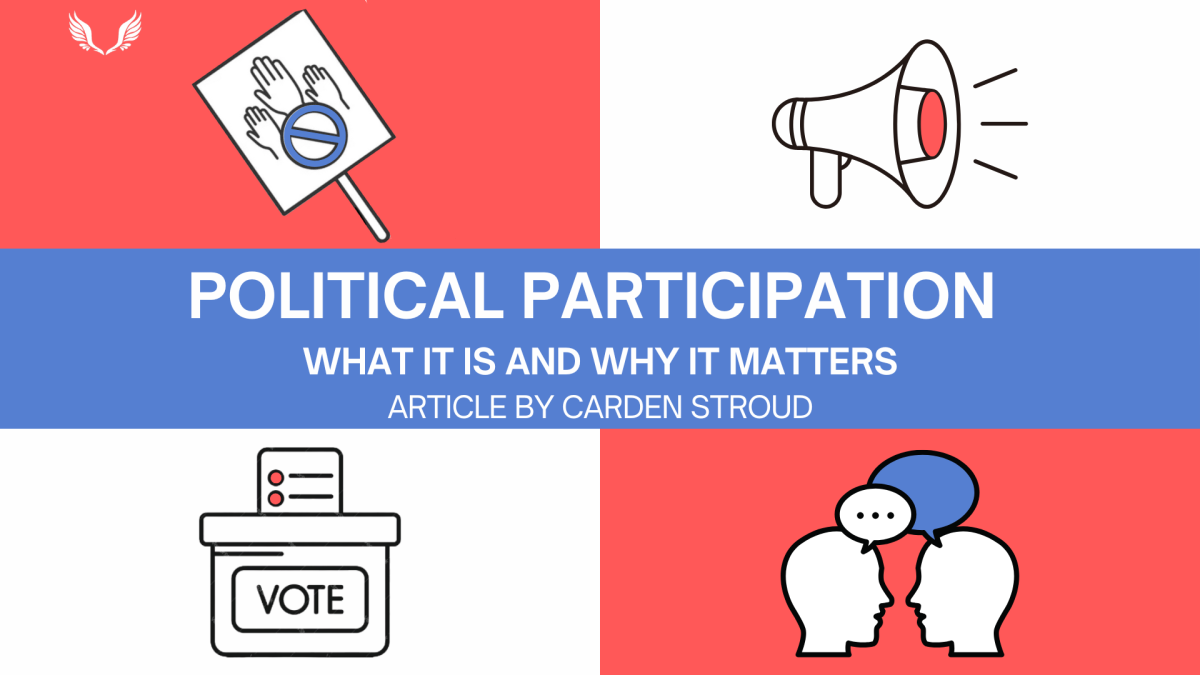
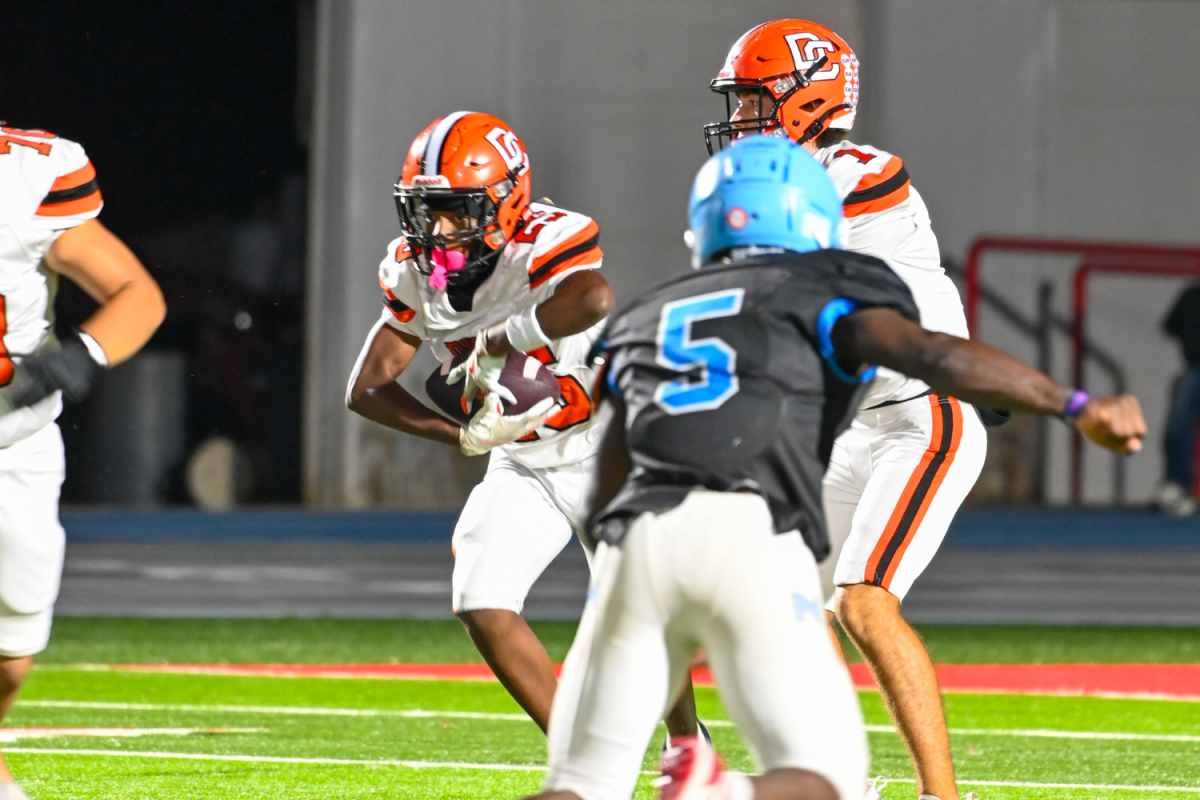
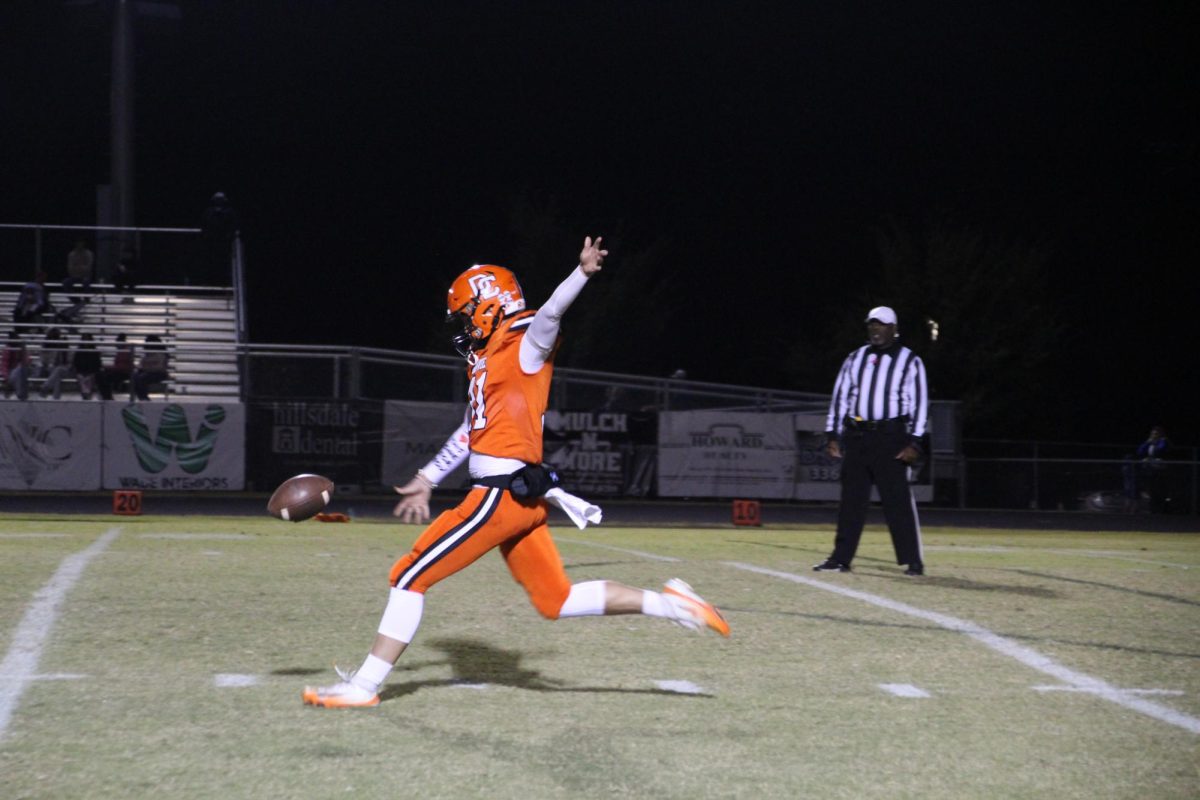




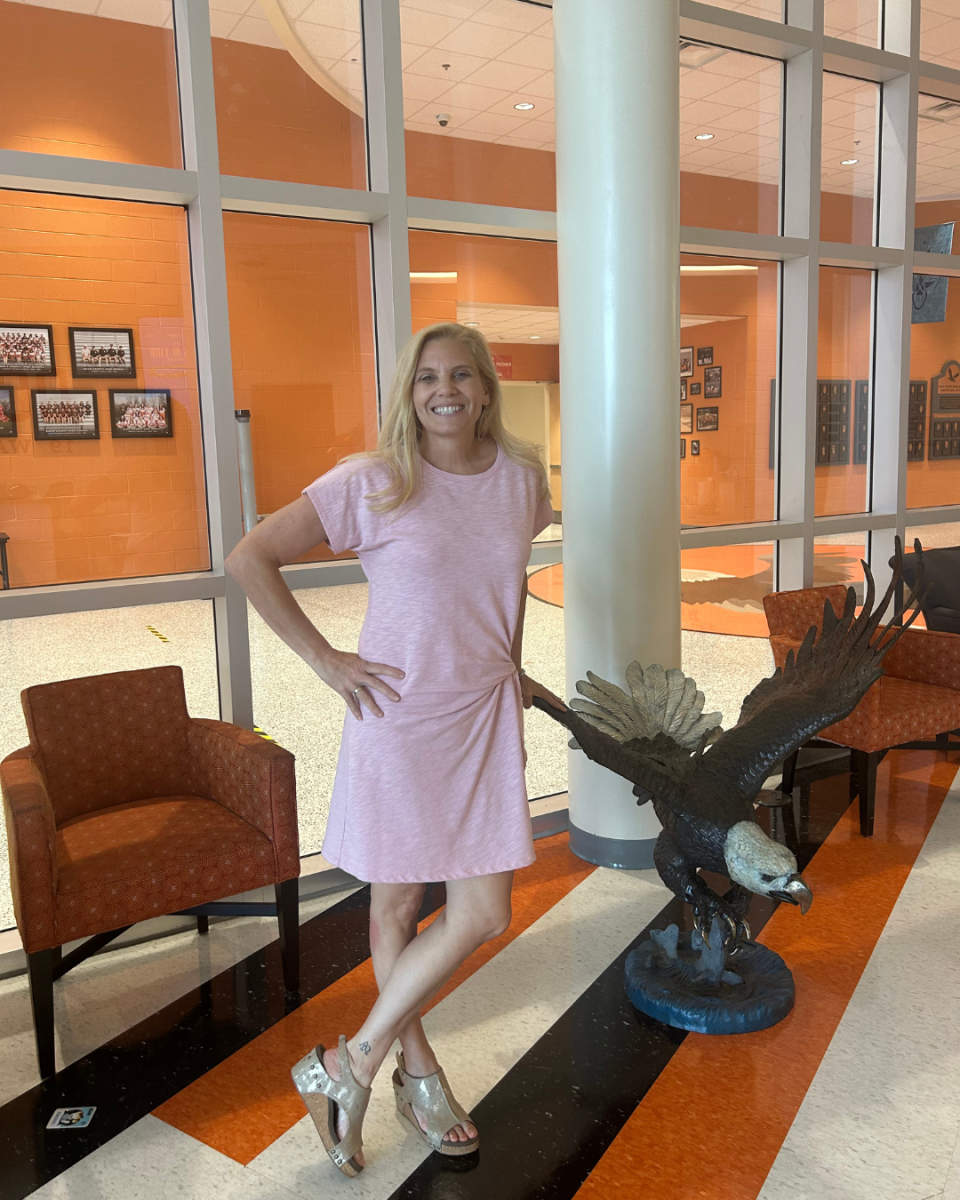
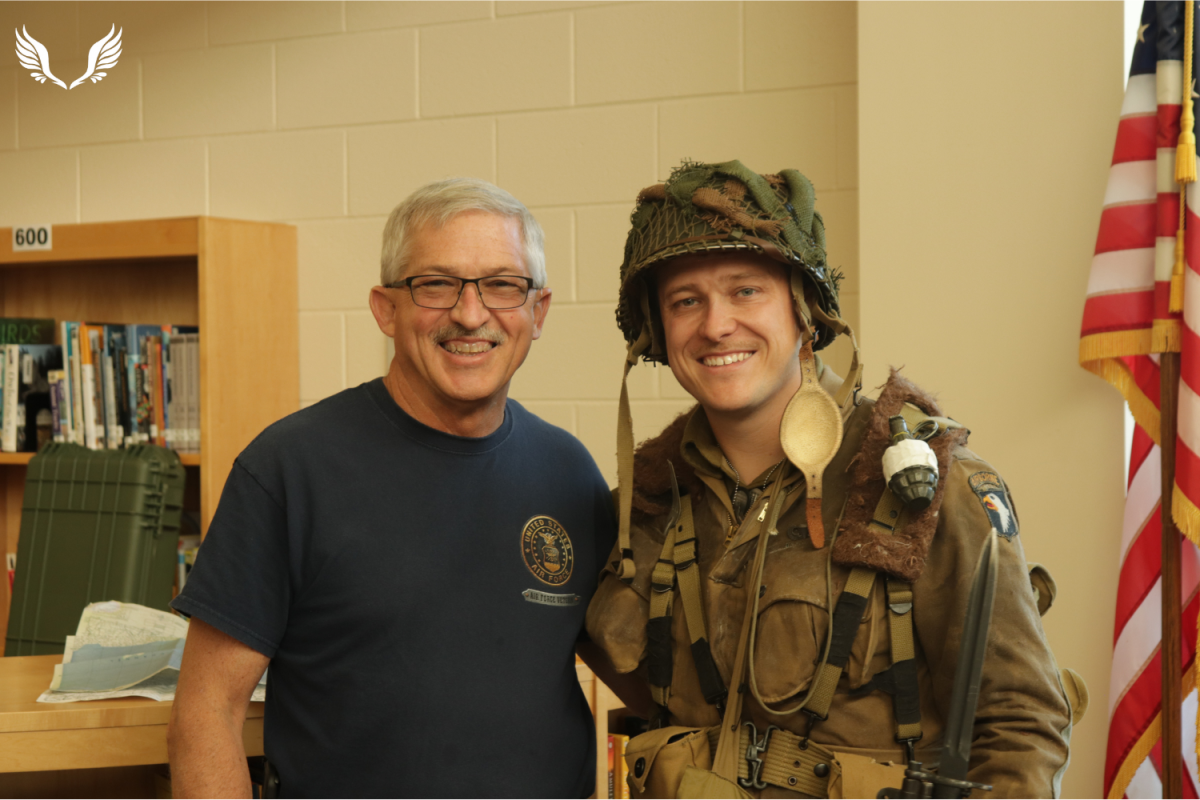


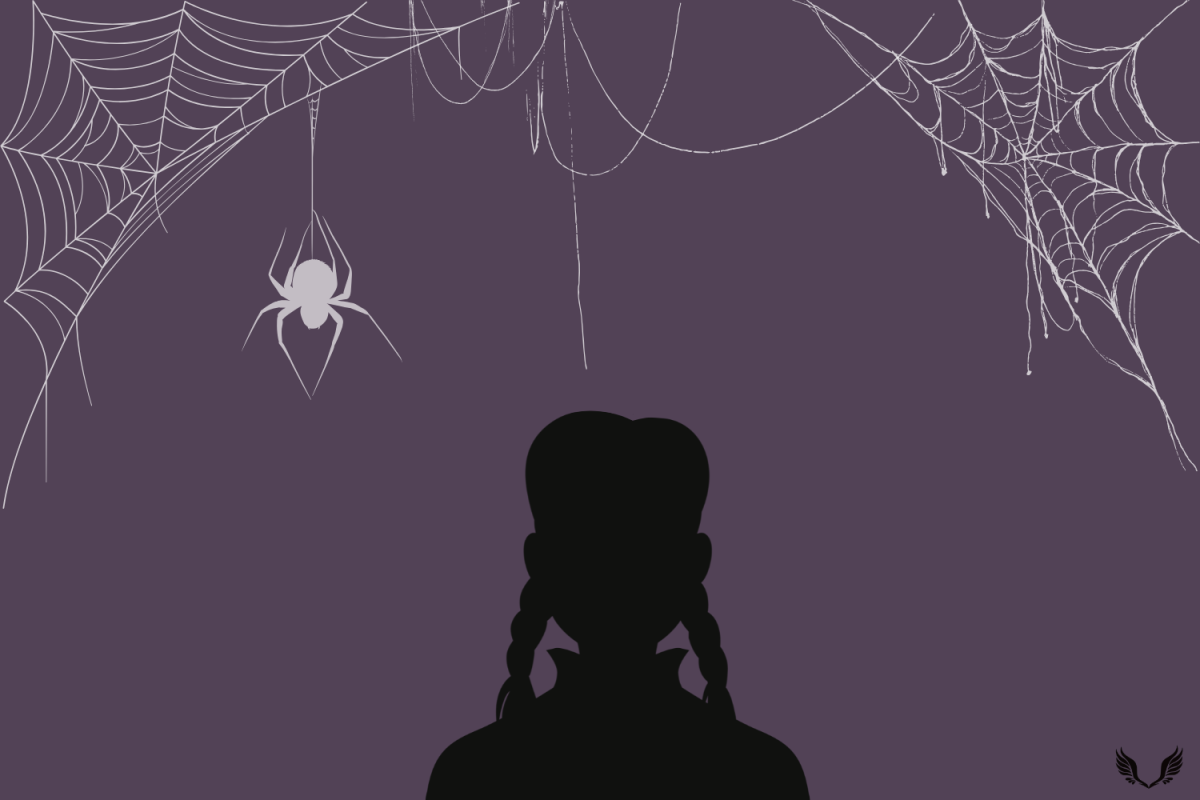
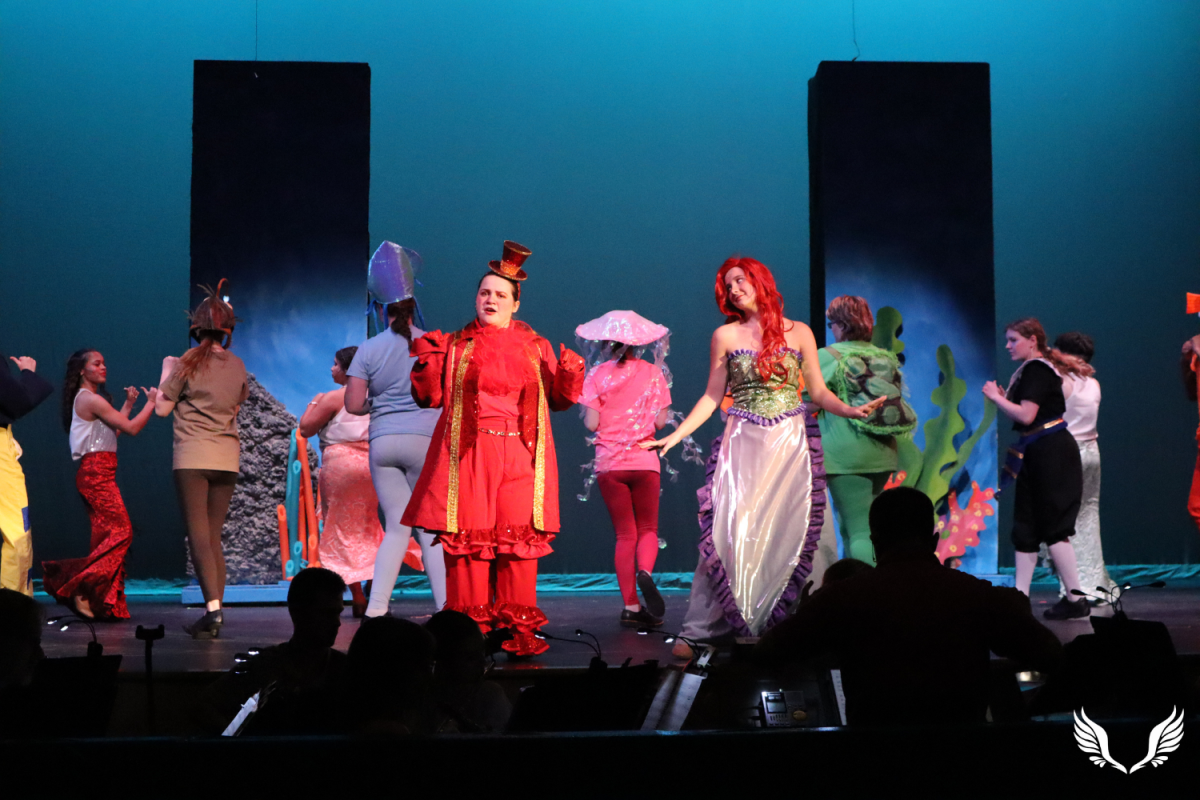
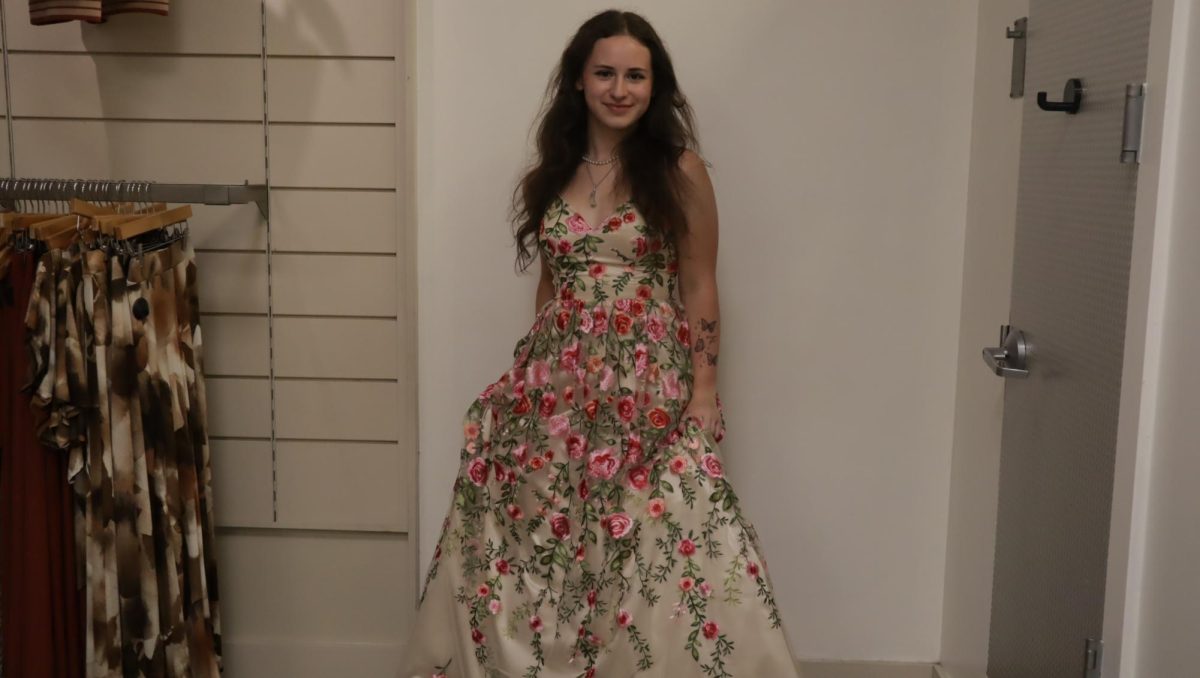





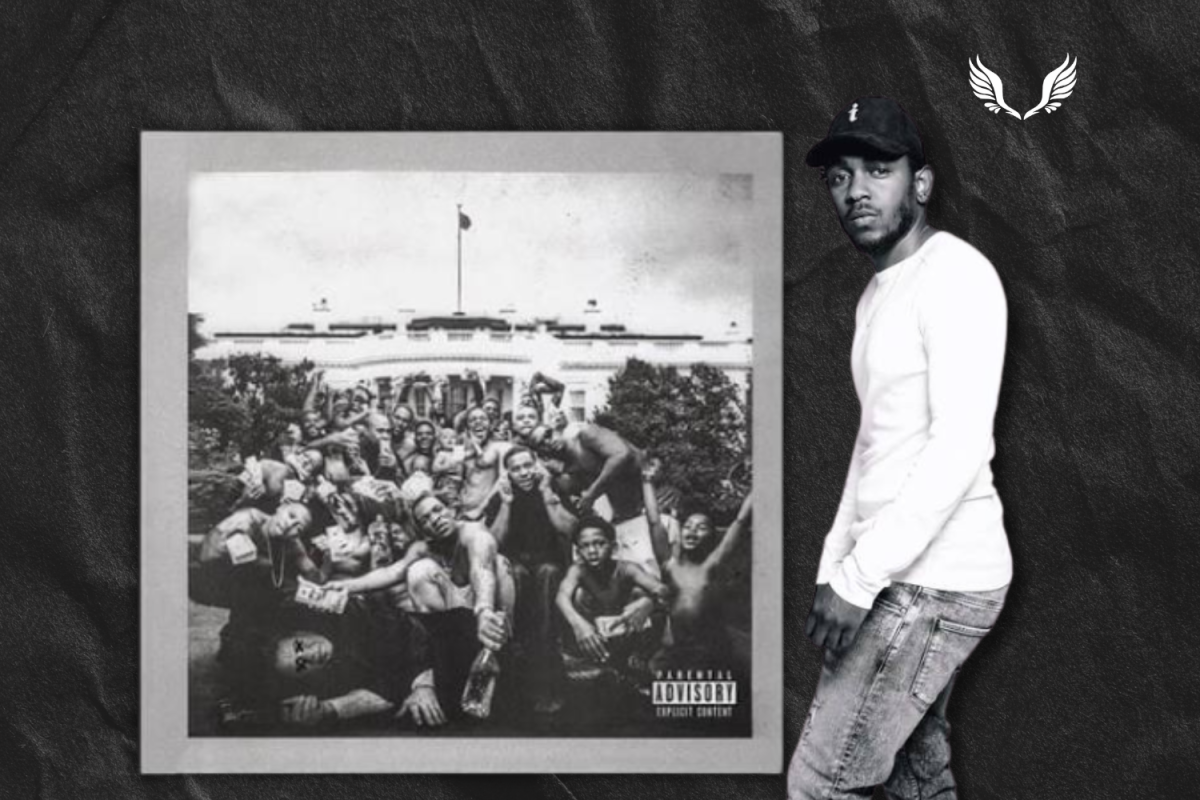


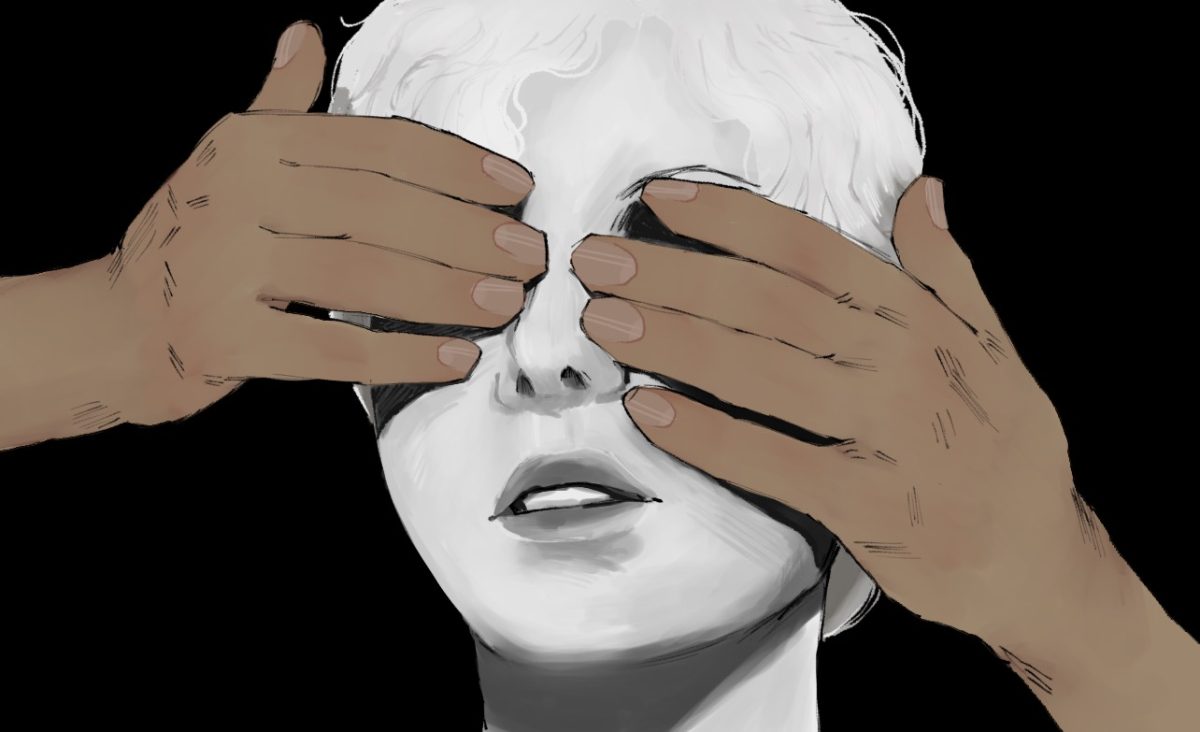

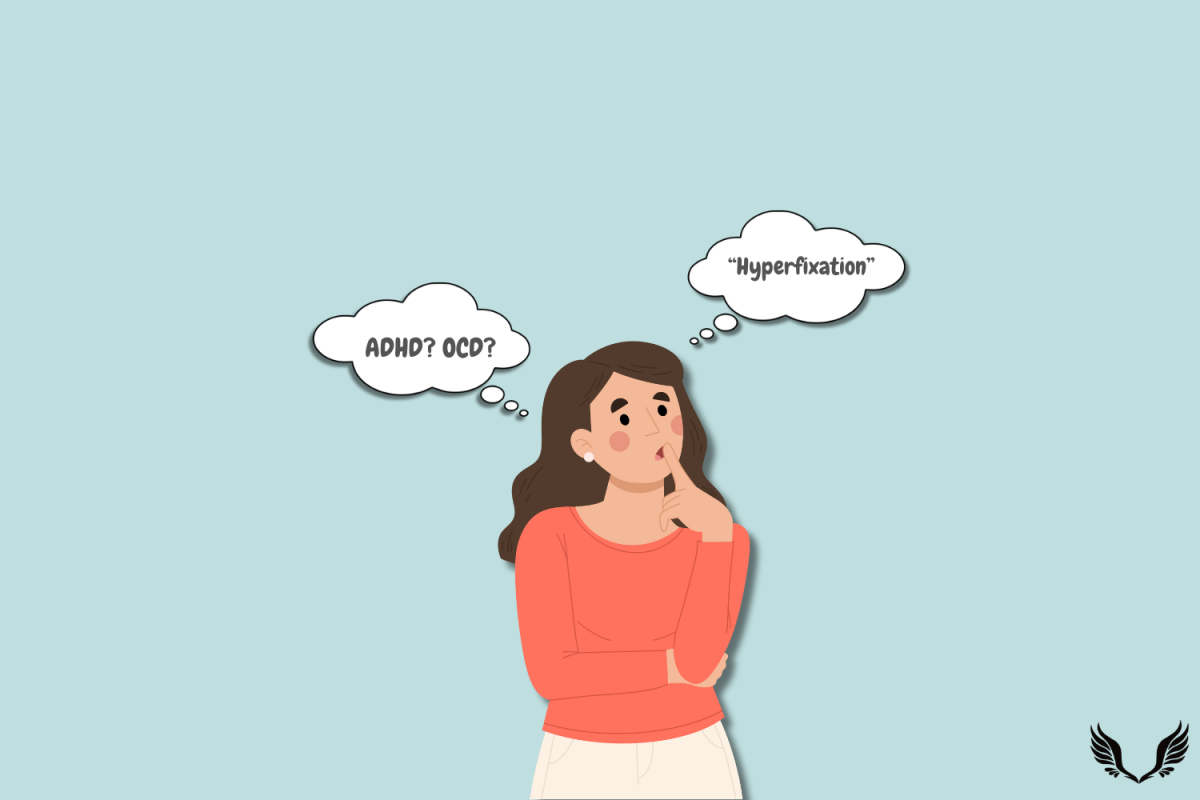
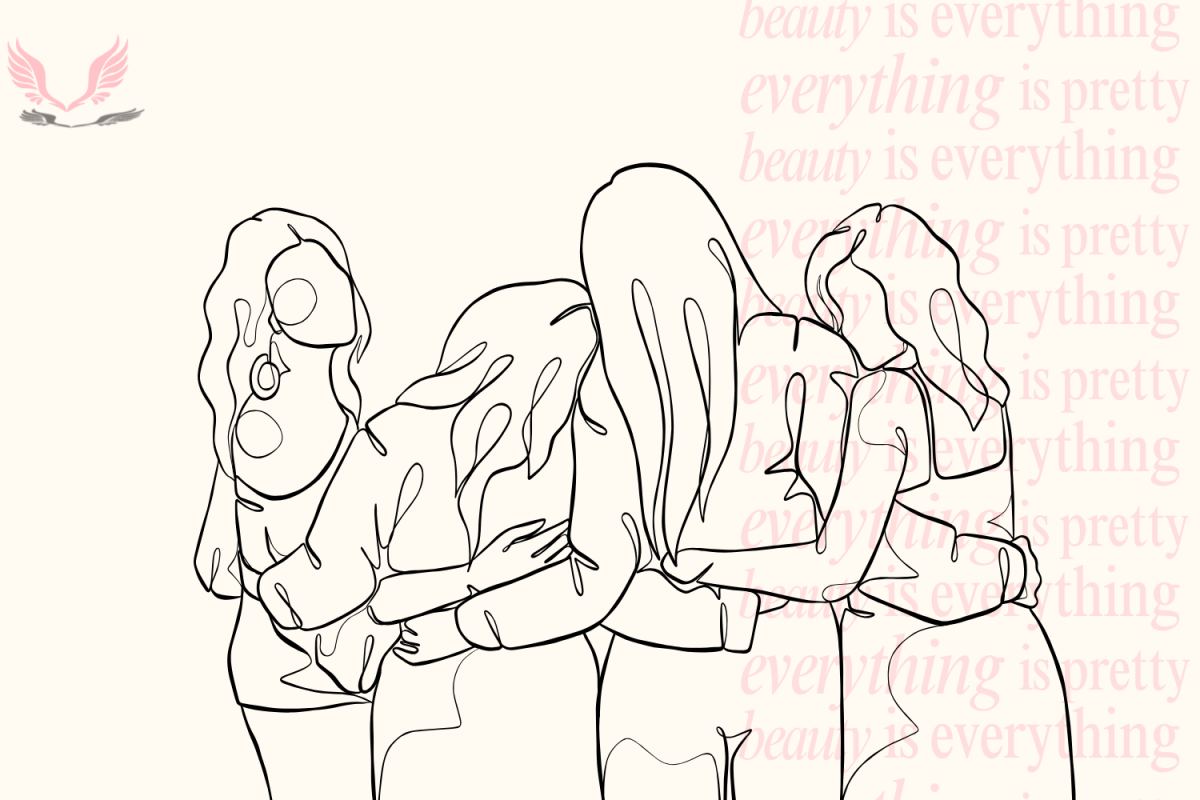

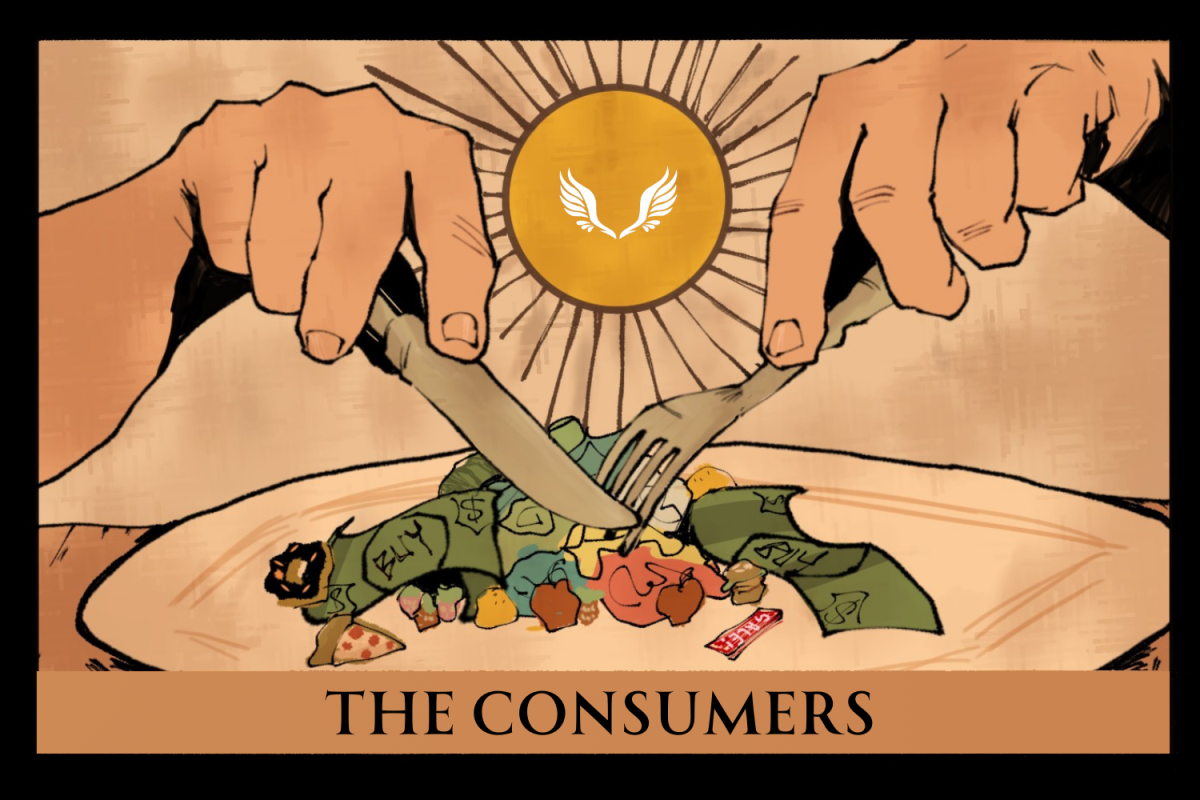
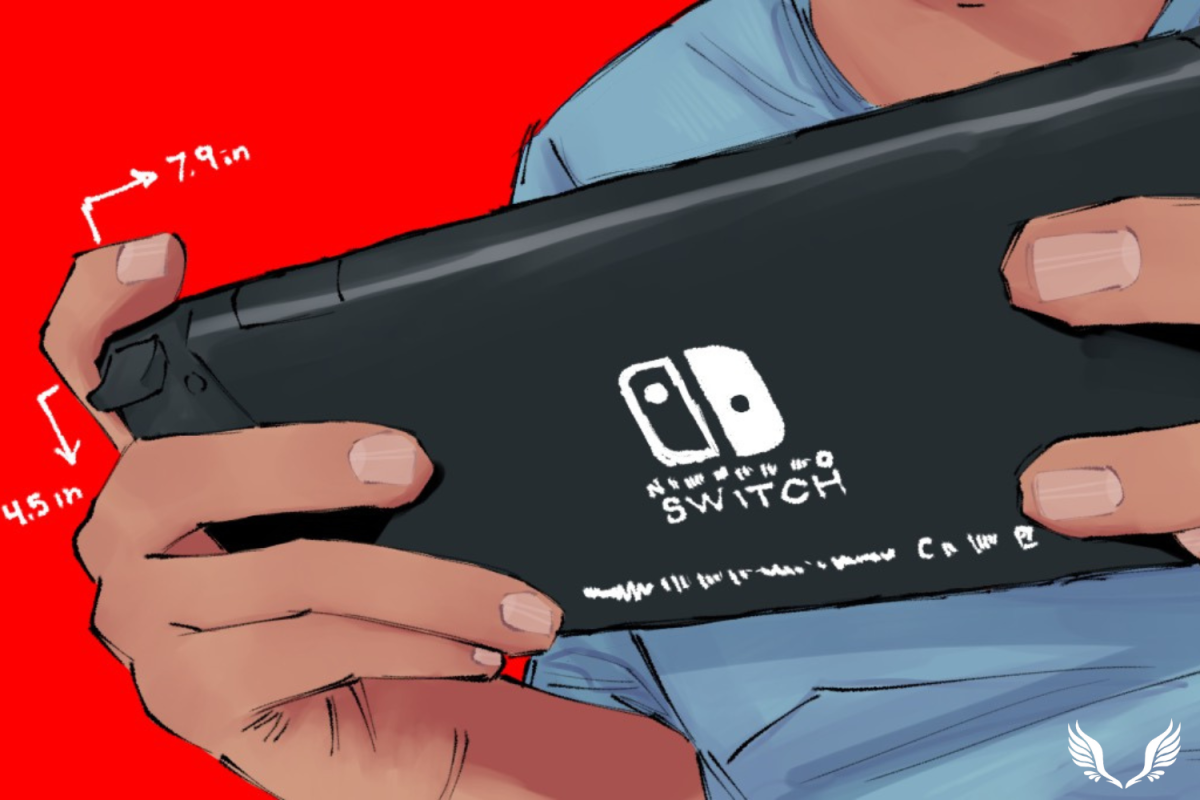
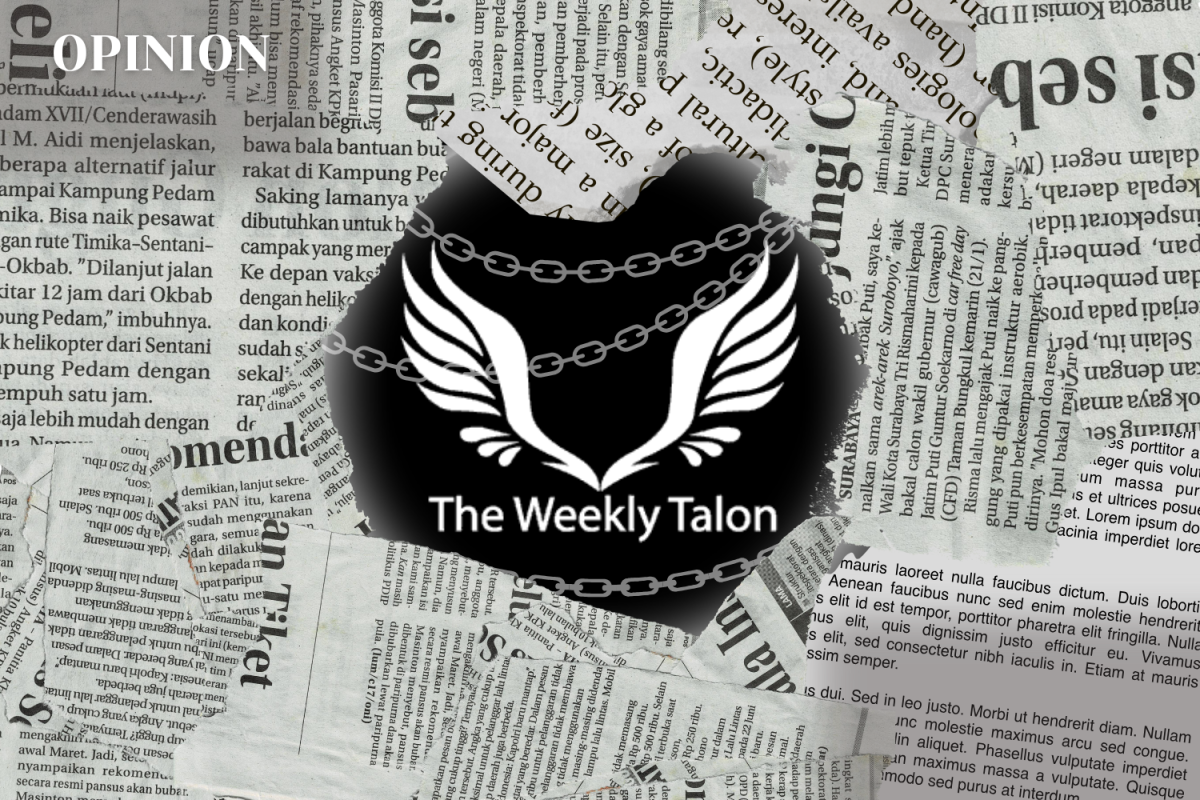


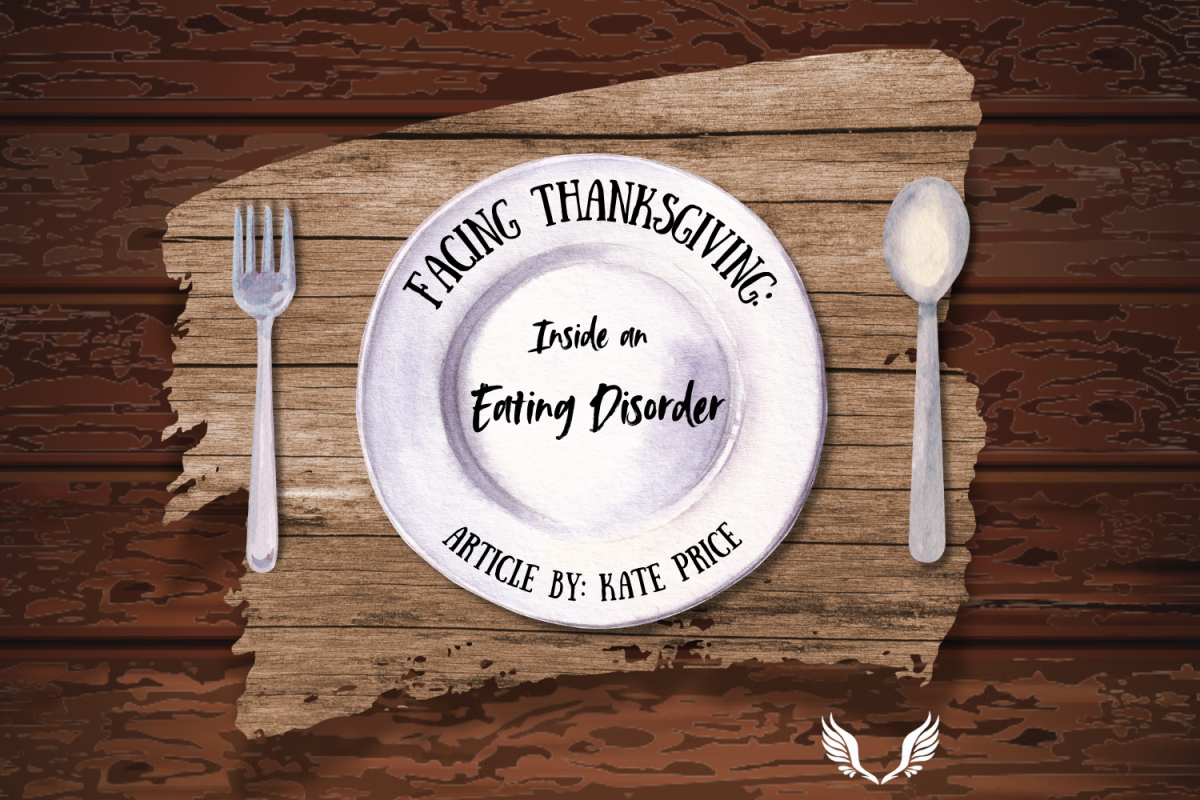

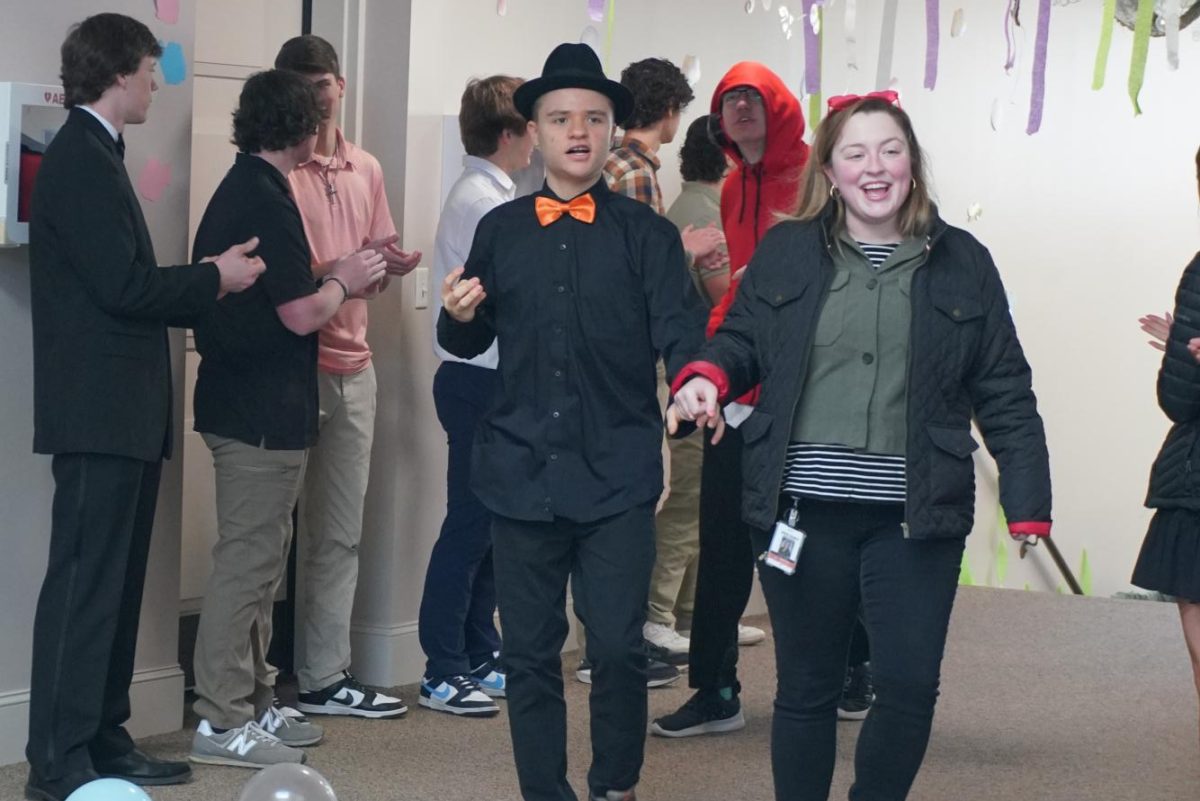

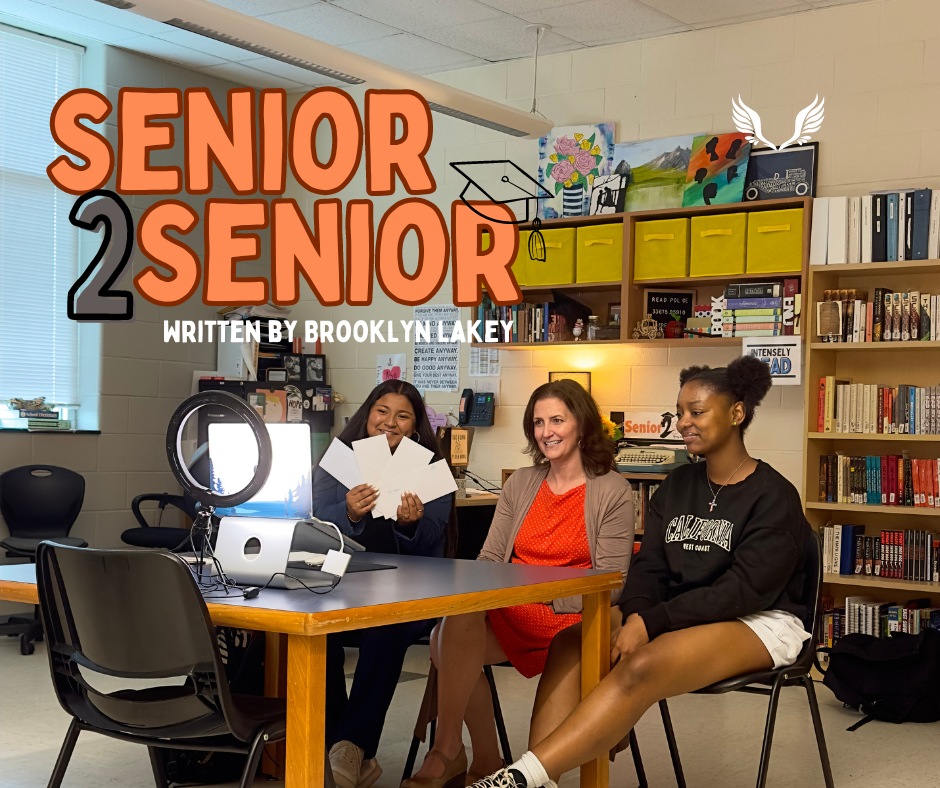





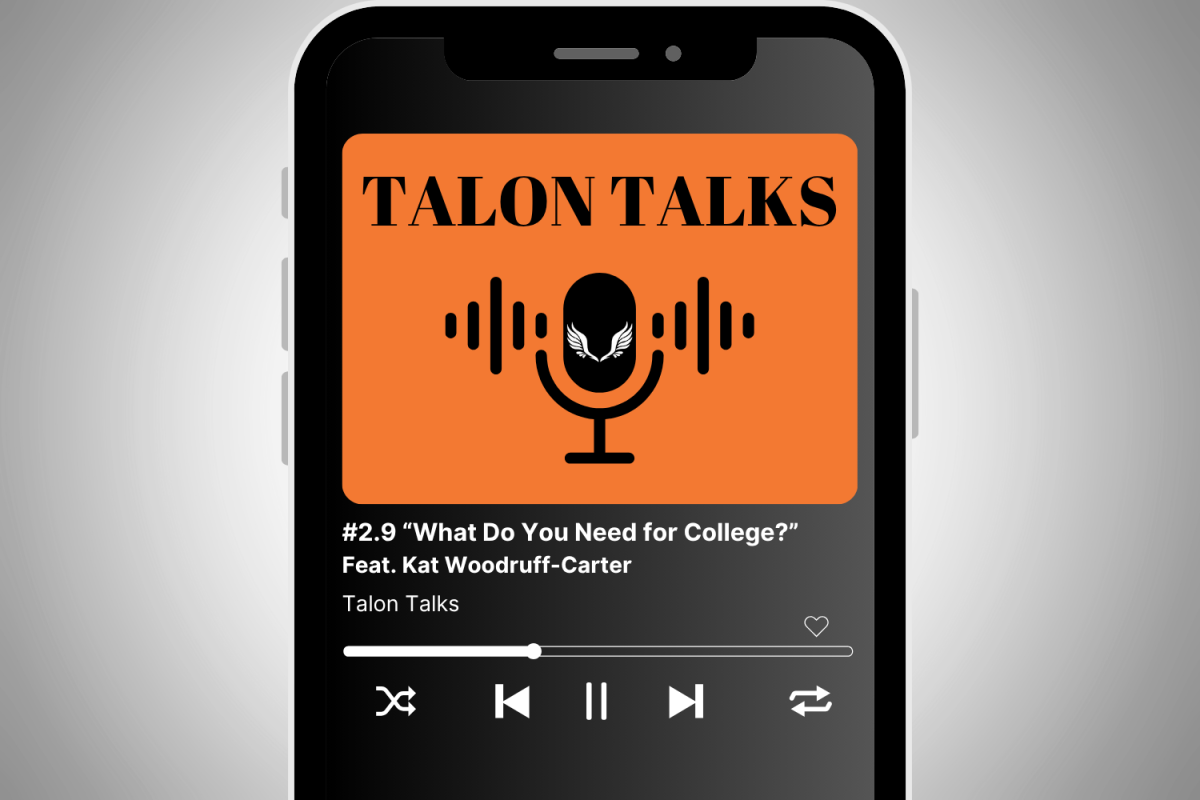

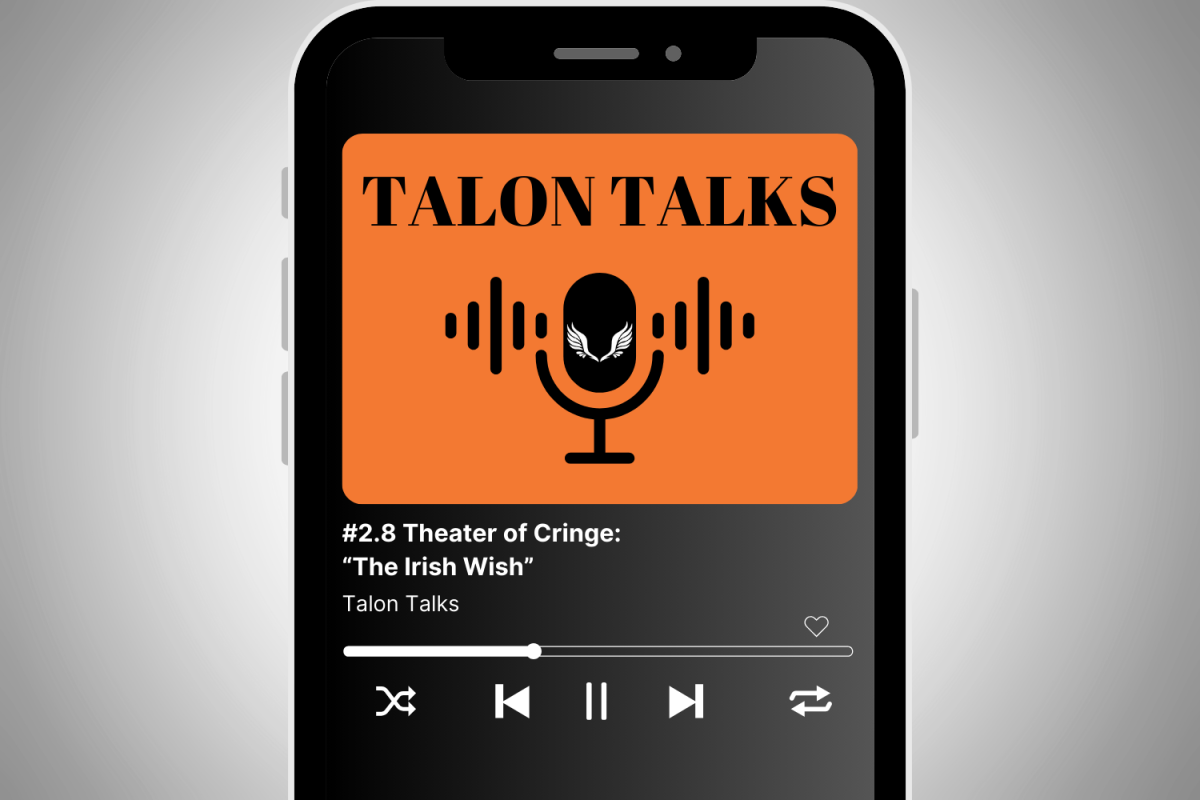


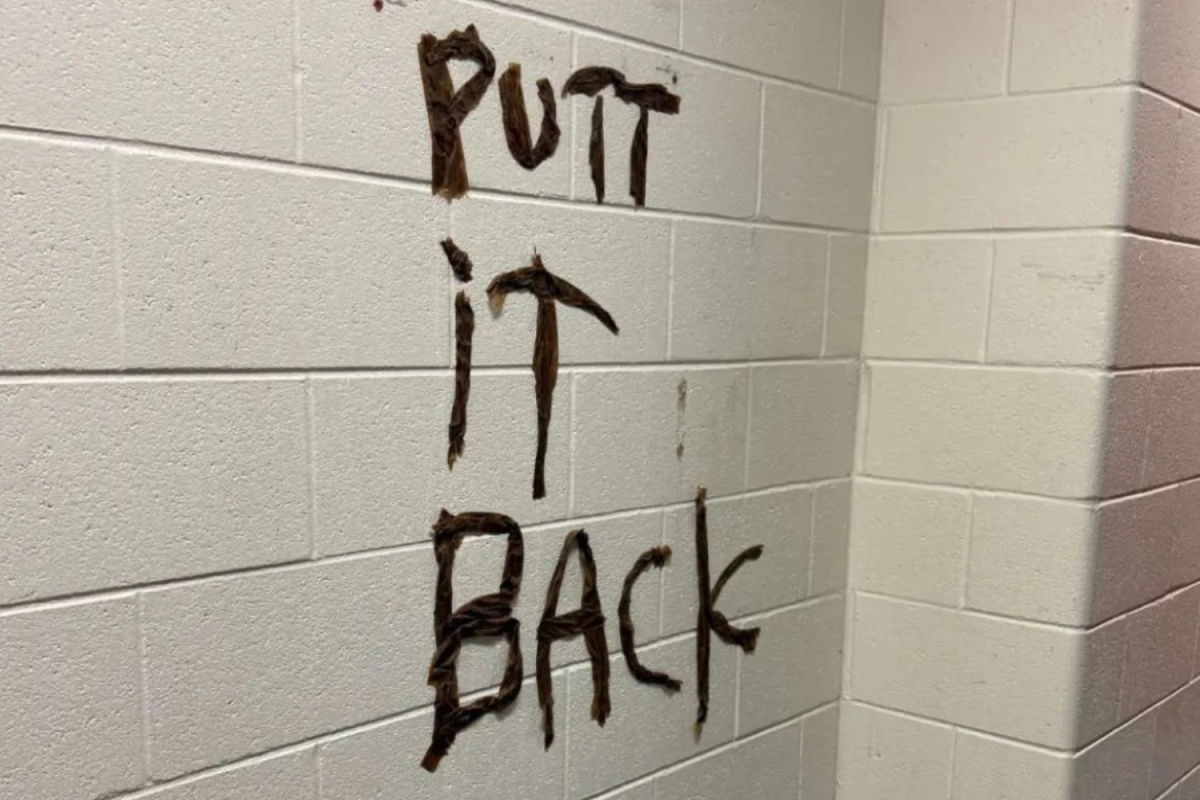
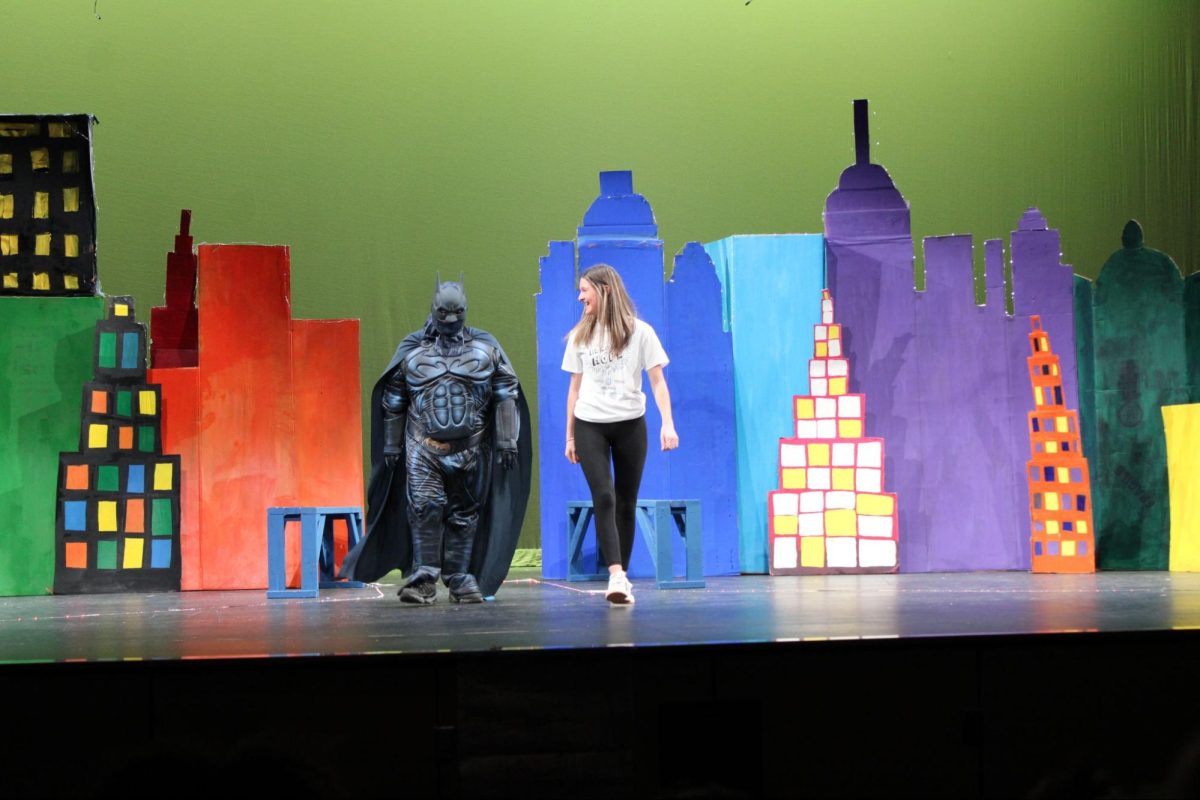
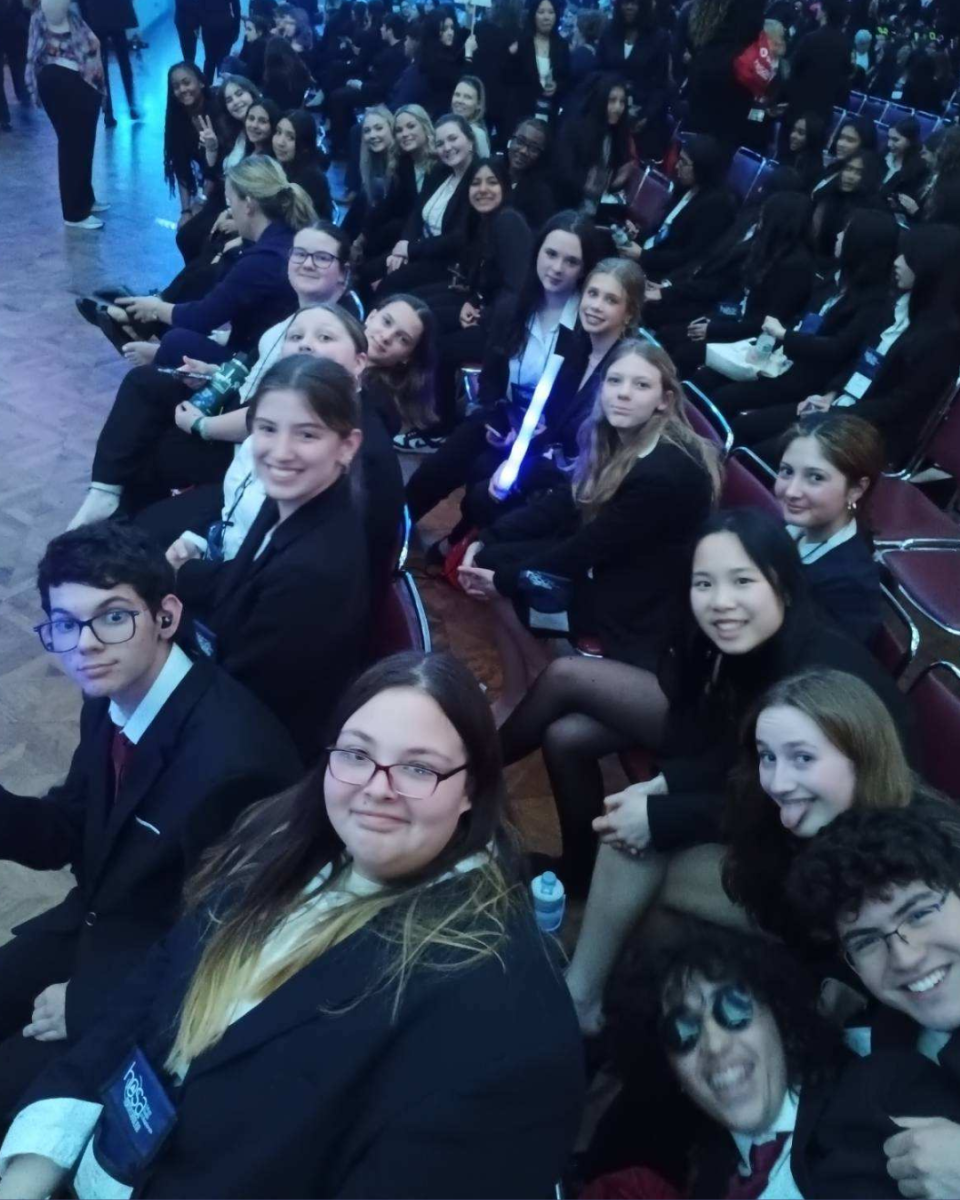

Maria Baker • Jun 18, 2021 at 6:16 pm
Uniforms are the answer. it can be as simple as black or khaki pants and a colored polo with athletic type shoes (our public school code). It is actually much less expensive and a donations clothes closet can be made available for needy students.